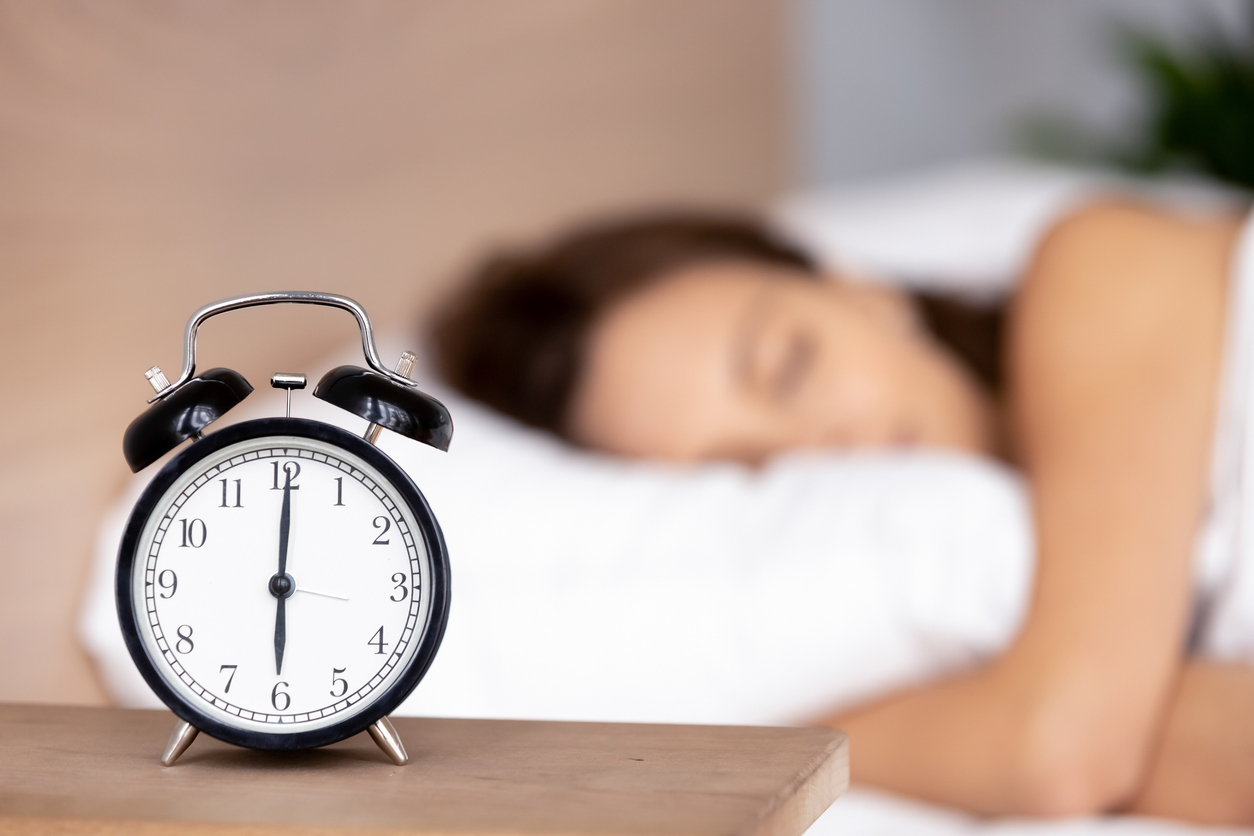Skip to content
1. Set a Consistent Wake-Up Time
- Wake up at the same time every day—even on weekends.
- This anchors your internal clock and helps you fall asleep more easily at night.
2. Gradually Shift Your Schedule
- If you’re off-track, adjust your bedtime/wake-up time by 15–30 minutes each day.
- Don’t try to fix it in one night—ease into it.
3. Create a Relaxing Wind-Down Routine
- Power down screens 1 hour before bed (phones, TVs emit blue light).
- Do calming activities: read, stretch, journal, listen to soft music, take a warm shower.
4. Use Light Strategically
- Morning sunlight exposure resets your circadian rhythm—get outside for 10–20 minutes after waking.
- At night, keep your environment dim to signal your body it’s time to wind down.
5. Limit Naps (Especially Long or Late Ones)
- If you nap, keep it under 30 minutes and before 3 PM.
6. Watch What You Eat & Drink
- Avoid caffeine after 2 PM.
- Limit alcohol—it disrupts sleep cycles.
- Don’t go to bed too full or hungry.
7. Make Your Bedroom Sleep-Friendly
- Keep it cool (60–67°F / 15–19°C), dark, and quiet.
- Use blackout curtains, white noise, or a fan.
- Invest in a comfy mattress and pillow.
8. Avoid Lying in Bed Awake
- If you can’t sleep after 20–30 minutes, get up and do something calming (not screens), then return to bed when drowsy.
9. Track & Reflect
- Use a sleep diary or app to monitor patterns and spot habits that affect your sleep.
10. Be Patient but Persistent
- Your body clock takes time to adjust—stick with it for 2–3 weeks.

No responses yet